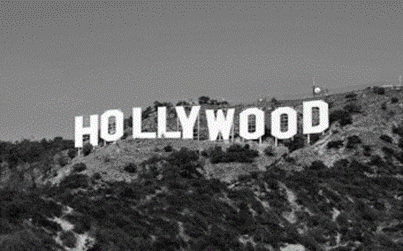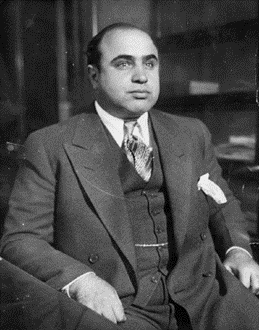On December 7, 1941, Japanese forces, in a totally dick move, performed a surprise attack on the U.S. Navy at Pearl Harbor, sinking six ships and damaging another fourteen. It was the single greatest surprise attack in U.S. history.
One of the Japanese pilots was 22 year old Shigenori Nishikaichi, whose plane was too damaged to return to the carriers. Instead he crash landed on the isolated Hawaiian island of Nihau, which lacking electricity and telephones, had not yet heard about the attack. The first person to find the pilot was a Hawaiian dude named Hawila Kaelohano, who prudently took the pilot's papers and pistol while the young man was still dazed from the crash. After these precautions were taken, the pilot was warmly welcomed by the locals, who even threw a party for him, because who doesn’t love a good party. This whole situation was probably helped by the fact that the pilot couldn’t speak English, and few of the locals could speak Japanese, though there were a few Japanese people living on the island. Two of these; first generation Ishimatsu Shintani and second generation Yoshio Harada, were eventually found to provide translation. The pilot told the two men about the attack on Pearl Harbor and then demanded that his papers be returned, which included secret maps, radio codes, and attack plans. The two men decided not to tell the Hawaiians about the attack, but did ask for the pilot’s things to be returned. Kaelohano, not being a complete idiot, refused. The Hawaiians decided that the best course of action would be to send the pilot to the more populous island of Kauai the next time the local supply boat visited. Harada requested that the pilot stay with him, which seemed totally okay to the Hawaiians, but only if a guard was stationed outside Harada’s house.
Unfortunately, the supply boat didn’t arrive as expected the next day, due to the U.S. Navy being all freaked out as hell. The confused Hawaiians decided that the best course of action was to just wait out whatever the hell was happening. This wasn’t good enough for the pilot, who convinced Shintani and Harada to help him out. Five days after the pilot’s arrival, Shintani approached Kaelohano and offered him $200 for the pilot’s papers. Kaelohano again refused, at which point Shintani made a weird veiled threat before leaving. At the same time, Harada’s wife played her phonograph at full volume in order to hide the sounds of her husband and the pilot beating the shit out of the man guarding Harada’s house. The pair then retrieved the pilot’s pistol and a shotgun, and went to Kaelohano’s house to recover the papers. Luckily for Kaelohano, he was taking a shit in his outhouse when they arrived, so he managed to escape. Harada and the pilot then went to the downed Japanese plane, tried contacting the Japanese military using a broken radio, took one of the plane’s machine guns, and then set the plane on fire. While they were doing this, Kaelohano retrieved the papers from where he had stashed them at a friend’s house, suggested to all his neighbors that it would probably be best for them hide in the forest for awhile, and then set off with a few others in a lifeboat to make the ten hour paddle to Kauai.
Things pretty much turned to total shit from there. The pilot and Harada returned, pissed and armed to the teeth. They burned down Kaelohano’s house and then took a woman hostage, demanding that Kaelohano be turned over, not knowing that he was already gone. Several Hawaiians made a big show of looking for him to try and buy time, but the pilot and Harada quickly grew tired of the game. They threatened to shoot everybody unless their demands were met, at which time the Hawaiians, deciding that they had dealt with enough horseshit for one day, attacked them. In the resulting scuffle one Hawaiian was shot and the pilot had his head bashed in and his throat cut. Harada responded to this by freaking the fuck out and shooting himself in the face with the shotgun.
U.S. military authorities arrived the next day. Both Sintani and Harada’s wife were taken into custody. The Hawaiians were horrified at how quickly those they had considered friends for so long had turned against them. What became known as the Nihau Incident, though it was the only incident of its kind, became the primary piece of evidence to support the idea that Japanese-Americans could not be trusted. With the Japanese swiftly conquering their way across Southeast Asia and the Pacific, Americans freaked the fuck out. Believing that an invasion of the West Coast may be imminent, trust in Japanese-Americans plummeted, and people began demanding that the government do something. On February 19, 1942, President Franklin Roosevelt signed an executive order forcing the removal of anyone with Japanese ancestry from the West Coast. Within months, over 110,000 Japanese-Americans, 62 percent of them U.S. citizens, were relocated to internment camps. A similar order had already been made in Canada a month earlier. The U.S. government did not officially apologize for the internment until 1991.
Image: https://en.wikipedia.org/wiki/File:Nishikaichi%27s_Zero_BII-120.jpg



